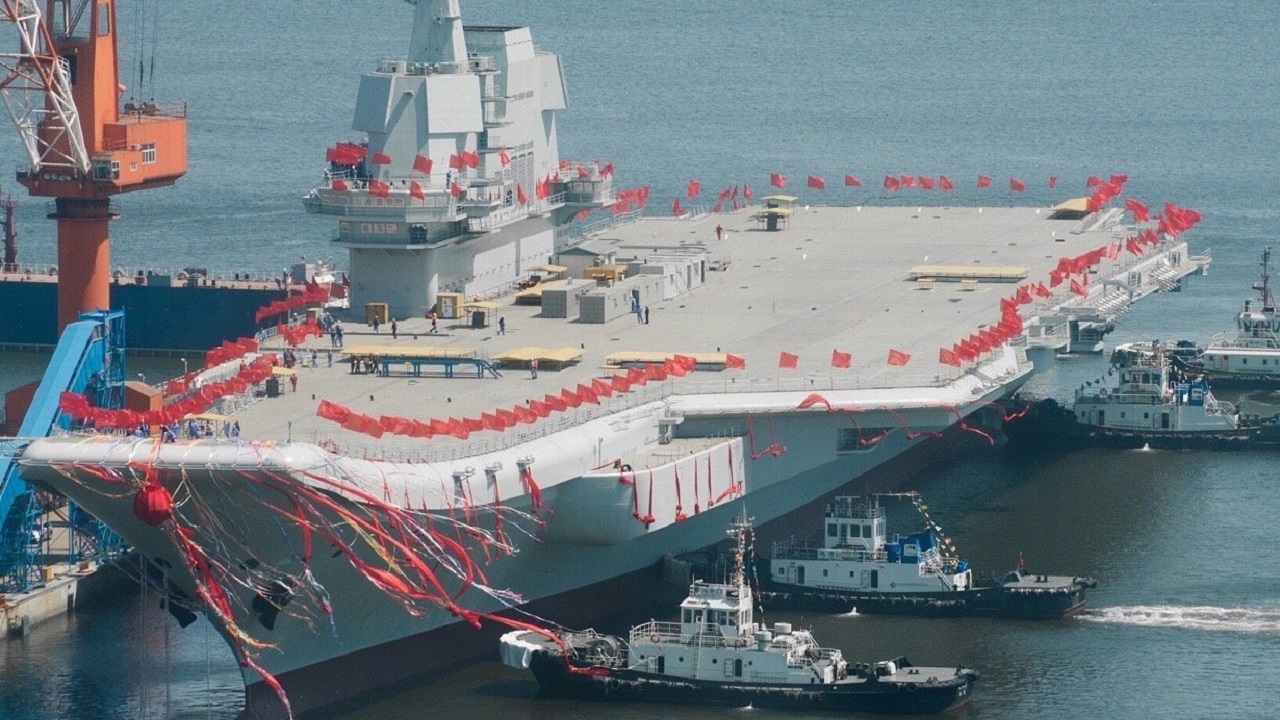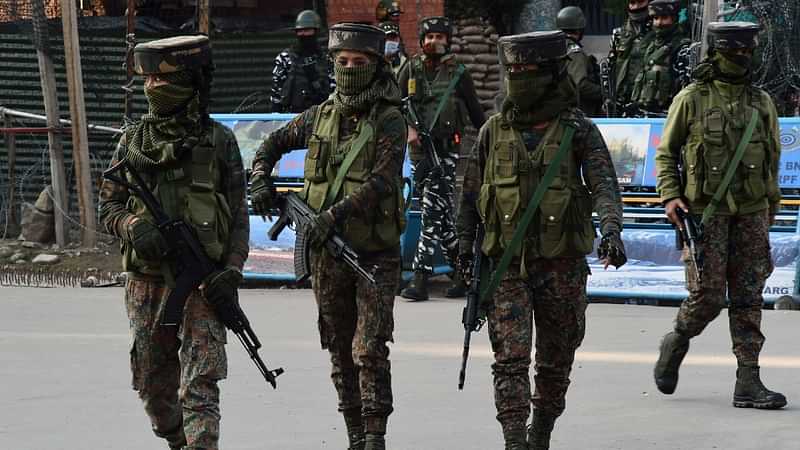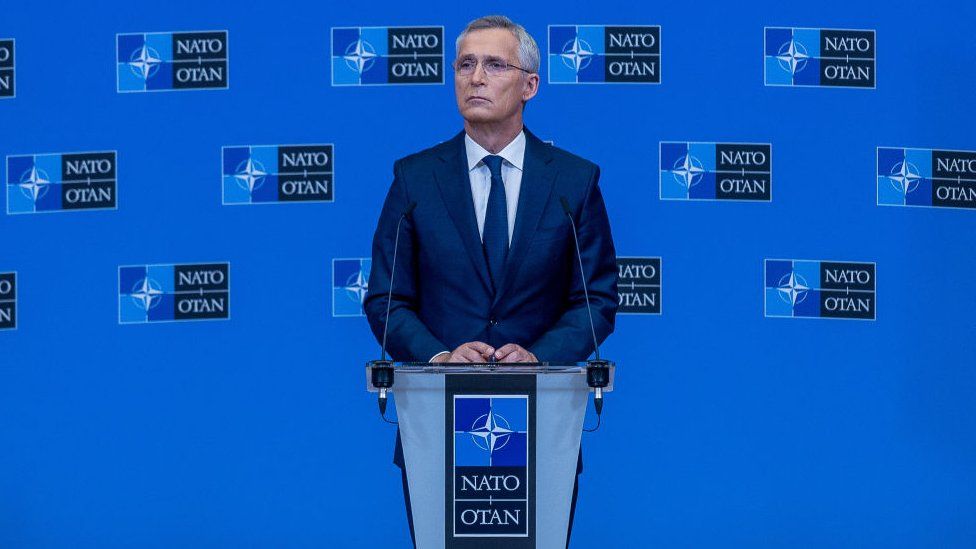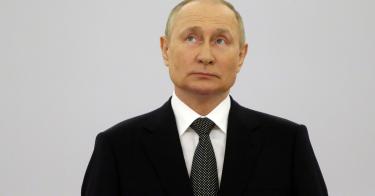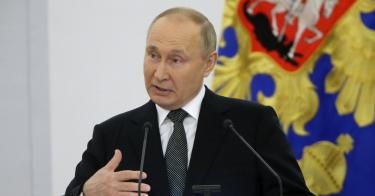Kris Osborn
The U.S. Army is working with industry partners to quickly enable data transmission technologies to get information more quickly and efficiently to soldiers immersed in high-speed, fast-changing combat environments.
For instance, the U.S. Army is planning to use a number of “gateway” technologies in its upcoming Project Convergence experiment to quickly connect air, ground, and even surface nodes and attack platforms to one another in real-time. One such system slated for Project Convergence 2022 is the Vertex Corporations Gateway Mission Router 1000, a technology that enables interfaces between otherwise incompatible transmission formats.
Using upgradeable commercial-off-the-shelf systems, a Modular Open System Approach (MOSA) consisting of common intellectual property standards, interfaces, and protocols, and a small eight-pound hardware device, Vertex has engineered a vehicle-transportable gateway system able to translate otherwise incompatible formats.
